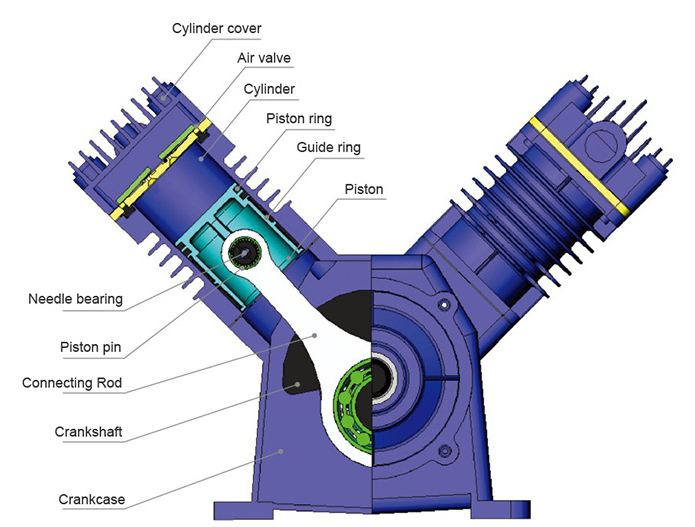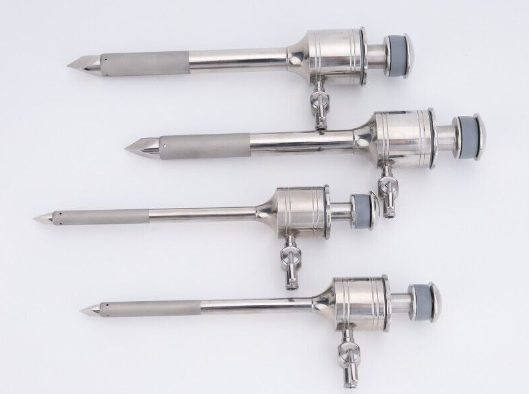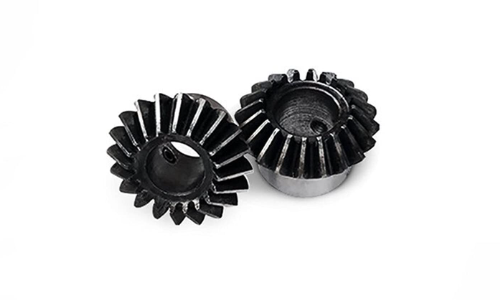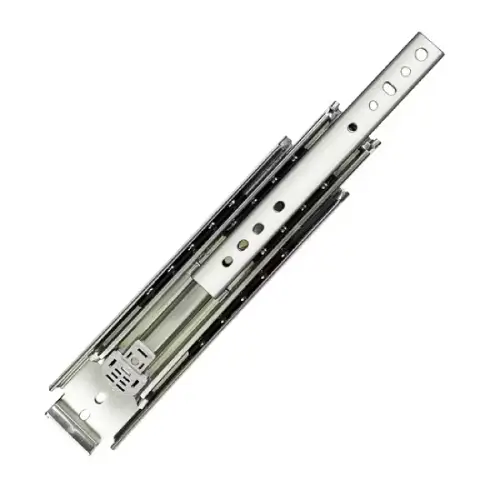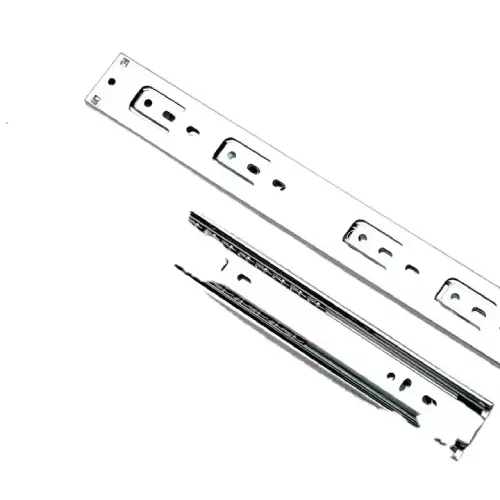Greetings in The Mighty Name of Jesus, The Christ!!!
One Accord
What does it mean to be in One Accord? How Important is being in One Accord or does it really matter? What are the Boundaries of being in One Accord or are there No Boundaries?
First let us Understand the Phrase “One Accord”: "One accord" means that a group of people are completely in agreement, acting together with a unified mind and purpose, essentially meaning "all together" or "unanimously.".
Key points about "one accord": Origin: This phrase is often used in the Bible, where it is translated from the Greek word "homothumadon" which literally means "of one mind."
Example usage: "The crowd rose with one accord to applaud the speaker."
Many of you have been taught or just believe that The Father, Son and Holy Spirit are One Entity, but they are not, they are Three Separate Entities in One Accord, but in this case all are according to The Fathers Will only. The Three, that is, The God Head, are in One Accord on Everything that touches Heaven, Earth, Space and Man Kind. They Act as One, Move as One and Speak as One, but each has their Own Part that Agrees As One Accord.
Our Brother Paul tried to explain this by using our Physical Bodies as an example, Our Bodies have many different parts that Act as One with all of the other parts of the body, making them in One Accord. So, how Important is the Body Of Jesus in being in One Accord? Does it even matter?
Ephesians 4:12-14 KJV
"12 For the perfecting of the saints, for the work of the ministry, for the edifying of the body of Christ: 13 Till we all come in the unity of the faith, and of the knowledge of the Son of God, unto a perfect man, unto the measure of the stature of the fulness of Christ: 14 That we [henceforth] be no more children, tossed to and fro, and carried about with every wind of doctrine, by the sleight of men, [and] cunning craftiness, whereby they lie in wait to deceive;"
No where within these Scriptures do I see a Separation into Denominations, Doctrines or Beliefs, but what I do see is the Saints, Blood Bought, Born Again, Disciples being in One Accord dealing with The Word and Life!
Let us look at just a few Divisions that Divide us. There were only Twelve Disciples? We are to Pray to Mary? We are to Pray to The Saints? False Beliefs we should incorporate? Jesus and Satan were brothers? The Father, Son and Holy Spirit all are actually One Entity? There are many, many more False Ideologies that exist, but not one of them is found in The Bible or in the Original Transcripts, they are made up from Man and Satan.
We need to Remember, Memorize, the following Scriptures:
Ephesians 6:12 KJV
“For we wrestle not against flesh and blood, but against principalities, against powers, against the rulers of the darkness of this world, against spiritual wickedness in high [places]."
The last thing that the Flesh and Satan wants is for us to be in One Accord with God, they want us to be Divided. So, why is this a big deal? What does it affect if we all “Agree to Disagree”? With us being Divided we do not carry the Authority or the Power that Jesus gave to us as it should have. Before anyone starts down a path of disagreement, understand this, that there are those, somewhere around 10%, that truly Understand the One Accord and follow thereafter and it is within those 10% we will see the Power and Authority that Jesus gave us.
I will use myself as an example. I Believe the Entire Bible from Beginning to End, I do not Add to it nor do I take away from it, but I Walk, Live the Entire Bible every day to the best of my ability. This does not mean that I do not have questions, but I do not Act upon those Questions in my flesh or spirit. There is an Answer to all things, but it takes the Whole Bible to Understand, I need not Added my Opinions! I Believe and Walk In the Spiritual Gifts, including Speaking in Tongues. I Believe in the Five Offices and Their Authority and Power. I Believe the Entire Bible as it has been Presented from the Original Writers. I Believe the Entire Old Testament and the Entire New Testament as it was written!!!
Are there things that I do not Understand, YES, there is No Man or Woman that will ever Understand the Completeness of God in this world and in those things I must give them to Jesus and Trust Him in All Things!!!
Matthew 7:21 KJV
"Not every one that saith unto me, Lord, Lord, shall enter into the kingdom of heaven; but he that doeth the will of my Father which is in heaven."
The key to this Scripture is “…but he that doeth the will of my Father…”, you want to know the Will of The Father, study the Old Testament then study the New Testament. The Old Testament was The Father at work, the New Testament is Jesus at work and they are in One Accord!!! The Old Testament and the New Testament are in One Accord, both presenting the Will Of The Father. Jesus only did what He saw His Father do and the Holy Spirit was only going to Speak about Jesus and not of Himself, all being in One Accord.
So then How Important is it that WE, the Born Again, Blood Bought, be in One Accord, it will come down to Life or Death! If we say that WE Believe in Jesus, yet Walk Not In One Accord, then YOU ARE A LIER!!! Because in order for you to Believe In Jesus, in order for you to be Saved, in order for you to enter the Kingdom, you MUST Agree In One Accord the Entirety of what God has said and Walk Believing it with Works Of Faith!
Do you not Understand that in the Book of Acts that in the Beginning they were IN One Accord as Jesus, The Father and Holy Spirit desire. In the Old Testament, Moses and Joshua spoke with The Father then called all of the Heads of the Tribes to convey what was said and demanded they Live Likewise. Before anyone goes in a wrong direction, yes there were Twelve Tribes and yes the Twelve Tribes were scattered there is a Reason for this and has nothing to do in the message, it has no bearing. Also, it has nothing to do with why there are so many different denominations.
Jesus told me at a babe in Him, that the same Word I speak here should be Identical to the Word I speak across the World, that The Word IS The Word no matter what.
The following Scriptures you should think upon…
Matthew 23:13-36 KJV
"13 But woe unto you, scribes and Pharisees, hypocrites! for ye shut up the kingdom of heaven against men: for ye neither go in [yourselves], neither suffer ye them that are entering to go in. 14 Woe unto you, scribes and Pharisees, hypocrites! for ye devour widows' houses, and for a pretence make long prayer: therefore ye shall receive the greater damnation. 15 Woe unto you, scribes and Pharisees, hypocrites! for ye compass sea and land to make one proselyte, and when he is made, ye make him twofold more the child of hell than yourselves. 16 Woe unto you, [ye] blind guides, which say, Whosoever shall swear by the temple, it is nothing; but whosoever shall swear by the gold of the temple, he is a debtor! 17 [Ye] fools and blind: for whether is greater, the gold, or the temple that sanctifieth the gold? 18 And, Whosoever shall swear by the altar, it is nothing; but whosoever sweareth by the gift that is upon it, he is guilty. 19 [Ye] fools and blind: for whether [is] greater, the gift, or the altar that sanctifieth the gift? 20 Whoso therefore shall swear by the altar, sweareth by it, and by all things thereon. 21 And whoso shall swear by the temple, sweareth by it, and by him that dwelleth therein. 22 And he that shall swear by heaven, sweareth by the throne of God, and by him that sitteth thereon. 23 Woe unto you, scribes and Pharisees, hypocrites! for ye pay tithe of mint and anise and cummin, and have omitted the weightier [matters] of the law, judgment, mercy, and faith: these ought ye to have done, and not to leave the other undone. 24 [Ye] blind guides, which strain at a gnat, and swallow a camel. 25 Woe unto you, scribes and Pharisees, hypocrites! for ye make clean the outside of the cup and of the platter, but within they are full of extortion and excess. 26 [Thou] blind Pharisee, cleanse first that [which is] within the cup and platter, that the outside of them may be clean also. 27 Woe unto you, scribes and Pharisees, hypocrites! for ye are like unto whited sepulchres, which indeed appear beautiful outward, but are within full of dead [men's] bones, and of all uncleanness. 28 Even so ye also outwardly appear righteous unto men, but within ye are full of hypocrisy and iniquity. 29 Woe unto you, scribes and Pharisees, hypocrites! because ye build the tombs of the prophets, and garnish the sepulchres of the righteous, 30 And say, If we had been in the days of our fathers, we would not have been partakers with them in the blood of the prophets. 31 Wherefore ye be witnesses unto yourselves, that ye are the children of them which killed the prophets. 32 Fill ye up then the measure of your fathers. 33 [Ye] serpents, [ye] generation of vipers, how can ye escape the damnation of hell? 34 Wherefore, behold, I send unto you prophets, and wise men, and scribes: and [some] of them ye shall kill and crucify; and [some] of them shall ye scourge in your synagogues, and persecute [them] from city to city: 35 That upon you may come all the righteous blood shed upon the earth, from the blood of righteous Abel unto the blood of Zacharias son of Barachias, whom ye slew between the temple and the altar. 36 Verily I say unto you, All these things shall come upon this generation."
I present to you, today’s church! The Scribes and Pharisees had their Own Doctrine aside from God’s Word, bringing Division with God. But to understand this, you must also understand that the People would come to the Temple to Pray and for Scripture Reading and Doctrine Reading and then it was Demanded that they take what they have learned back to their homes and Live By the Doctrine of the Scribes and Pharisees, to be in One Accord. This same practice is carried on today, but now within many countries there are multiple denominations that do likewise.
We Church, are NOT in One Accord. Do you really think that The Father is really going to care what a Baptist, Methodist, Catholic, Jehovah Witness, Mormons, Full Gospel or any other religion, denomination thinks or cares about, NO, NO, NO Only The Fathers Will, will be considered. It will not matter how many Prayers you have said or how many times you have Read the Bible, in Heaven there is ONLY ONE WORD, THE FATHERS!!!
Ephesians 4:1-6 KJV
"1 I therefore, the prisoner of the Lord, beseech you that ye walk worthy of the vocation wherewith ye are called, 2 With all lowliness and meekness, with longsuffering, forbearing one another in love; 3 Endeavouring to keep the unity of the Spirit in the bond of peace. 4 [There is] one body, and one Spirit, even as ye are called in one hope of your calling; 5 One Lord, one faith, one baptism, 6 One God and Father of all, who [is] above all, and through all, and in you all."
This Affects Marriages, Parenting, Work, Ministry, Politics, Leaders, Company Standards, Schools, Everything that touches Your Life does being in One Accord matters.
To those who have Ears, let them Hear what The Spirit is saying, with Eyes of Understanding! For us to be in One Body, then we Must be in One Accord, for us to have one Heavenly Father, we Must be in One Accord, for us to be Saved By Grace through The Blood Of Jesus, we Must be in One Accord, in All Things Alike, WE Must be in One Accord!!!
I know there are many that will think that it does not matter, that all I am doing is splitting hairs, causing division, but for 52 Years it has been in my Spirit and in My Calling the same message, to Live 100% by God’s Holy Word, not mine, not yours. Jesus is coming, how soon, only The Father knows, but there is a Demand that we are in One Accord when Jesus comes, it is not going to be sorted out in Heaven, it has to be now, Heaven is already Living in One Accord!!!
One
Accord!!!
Amen and Amen!!!
Email: godsonlyfoundation@gmail.com
Website: ApostleLee.com
